10 Massage Myths You Still Believe — And What Ayurveda Really Says!
| Authored by: Abhishek Ranjan Jha |
| Reviewed by: Kapil Dhameja |
| Estimated Reading Time: 6 minutes |
If you’ve ever walked out of a spa feeling weightless or tried a quick self-massage at home, you’ve already had a small glimpse into something that humans have practiced for centuries. Massage isn’t new. It’s as old as touch itself — that instinctive response when you rub your temples after a long day or knead your shoulders to release a knot.
But along the way, with modern salons, new gadgets, and flashy ads, so many myths have built up around massage that the true essence of it has become a bit blurry. Some people see it as a luxury, others as a quick fix for pain, and a few even think it melts fat like magic. Let’s untangle these one by one — not just through science, but also through the lens of Ayurveda, which has treated massage (Abhyanga) as a daily act of self-care for thousands of years.
10 Myths and Facts

Myth 1: Massage Is Just a Way to Relax
Ayurveda describes massage as a part of Dinacharya, or the daily routine that maintains the body’s rhythm. Abhyanga, or oil massage, isn’t just pampering. It’s maintenance. Regular massage keeps the body flexible, supports healthy circulation, and balances Vata dosha — the energy linked with movement and nerves.
Modern physiology backs this up. Research shows massage reduces cortisol (the stress hormone), increases oxytocin, and improves blood flow to muscles. It helps the lymphatic system flush out toxins — something Ayurveda called ama. So next time you think it’s “just relaxing,” remember it’s actually resetting your system.
Myth 2: The Harder the Massage, the Better the Result
Here’s a popular one. You might’ve heard someone say, “I like it when they press hard — it means it’s working.” But pressure isn’t progress.
A deep-tissue massage has its place, but it’s not always necessary. If your muscles are inflamed or if you’re tired, pushing harder can make things worse. Ayurveda teaches snehana, which means “to love” or “to nurture with oil.” The idea is to create warmth, softness, and nourishment — not pain.
Modern science agrees. When pressure exceeds comfort, the body releases stress hormones instead of relaxation chemicals. So, the perfect massage is one that listens to your body — not overpowers it.
Myth 3: Massage Can Melt Fat and Help You Lose Weight
If only! This myth probably comes from the idea that massage “breaks down fat.” Unfortunately, the body doesn’t work that way.
Massage doesn’t burn fat. What it does is stimulate circulation and the lymphatic system, which helps remove waste and water retention. Ayurveda has its own version of this — Udvartana, a dry powder massage using herbs like Triphala, Kola, or Yashtimadhu. These powders don’t melt fat either, but they do invigorate the skin, increase metabolism, and help manage Kapha dosha (the energy linked to heaviness and sluggishness).
So yes, you might feel lighter after a massage, but it’s due to better circulation and detox, not fat loss. True fat loss still depends on diet and movement.
Myth 4: Massage Is Only for Adults or the Elderly
This one surprises many. In India, it’s common to massage newborn babies with warm oil daily. Why? Because touch is one of the first forms of nourishment.
Massage, therefore, is not about age — it’s about adapting touch to your body’s needs at that stage of life. Even modern pediatricians recommend gentle baby massages for better sleep and immunity.
Myth 5: You Can Use Any Oil for Massage
This one’s half-true — you can, but you probably shouldn’t
Ayurveda is very particular about oils. The oil is not just a base; it’s the medicine. For instance,
-
Sesame oil is warming — perfect for dry, cold Vata types.
-
Coconut oil cools — great for heat-prone Pitta types.
-
Mustard oil is stimulating — suited for heavy Kapha types.
There are also specialized Ayurvedic oils like Mahanarayan Taila for joint pain, Dhanwantharam Taila for postnatal care, and Kumkumadi Taila for skin rejuvenation.
Modern dermatology confirms that cold-pressed natural oils contain antioxidants and fatty acids that help repair the skin’s lipid barrier. Meanwhile, mineral or synthetic oils can clog pores and trap heat. So, if you’re going to spend time massaging, give your skin something it can actually absorb.
Myth 6: Massage Is Unsafe When You’re Sick
Many people skip massage when they’re unwell, thinking it will make them worse. The truth is — it depends.
If you’re running a fever, have an infection, or your digestion is off, Ayurveda advises avoiding oil massages. The logic is simple: when the body is fighting something, you don’t add more “load.” But once the fever breaks, gentle massages with anti-inflammatory oils like Nirgundi, Eucalyptus, or Castor help the body regain strength and flexibility.
Even modern rehabilitation therapy uses similar principles — gentle manipulation during recovery prevents muscle stiffness and improves lymph flow. So, it’s not “never during illness,” but “not during acute illness.”
Myth 7: Massage Has No Role in Mental Health
This is one of the biggest misconceptions. Massage affects the mind as much as the body.
Ayurveda viewed the head (Shiro) as the command center — which is why Shiro Abhyanga (head massage) is so important. Oils like Brahmi, Jatamansi, and Bhringraj nourish not only hair but also the nervous system. They calm the mind, reduce insomnia, and relieve tension.
Myth 8: Massage Is Just for the Skin and Muscles
It goes deeper. Literally.
Ayurvedic texts describe seven layers of tissue (Dhatus), from skin to bone marrow. Massage, when done regularly, nourishes all these layers by improving circulation and energy flow. It’s why Abhyanga was recommended even for hormonal balance and organ health.
Modern anatomy supports this: massage activates the vagus nerve, which connects the brain to internal organs. Abdominal massages aid digestion, while foot massages help regulate blood pressure. It’s not mystical — it’s physiological.
Myth 9: Massage Needs to Be Done by a Professional Only
This myth probably came from commercial spas. In truth, you can (and should) massage yourself.
A few minutes of self-massage before bathing can do wonders — it improves lymph drainage, enhances alertness, and reduces stiffness. Ayurveda never said you need a therapist for Abhyanga; it said you need regularity.
If you use gentle, warm oil and listen to your body, your hands are enough. The key is being present. In fact, many Ayurvedic practitioners say that when you massage yourself with awareness, you transfer positive energy and intention — something no therapist can do for you.
Myth 10: Massage Works Only When You Feel Pain
Pain relief is just one aspect. Regular massage prevents pain in the first place.
By keeping muscles supple and joints lubricated, it prevents stiffness and injury. Ayurveda compared this to oiling a wheel — do it regularly, and it turns smoothly; wait for it to squeak, and you’ll have to work harder.
Modern sports medicine echoes this wisdom. Athletes use pre- and post-workout massages to prevent soreness and maintain flexibility. The principle is timeless — prevention is better than cure.
Ancient Wisdom Corner: Tools, Techniques, and Touchstones

Long before fancy spa tables existed, Ayurvedic healers used simple tools — a bronze Kansa wand, herbal potlis, and even stones warmed in sunlight.
The Kansa wand, made from a copper-tin alloy, was believed to balance the body’s pH and remove toxins through microcurrents.
Potli massage, where herbs like Ajwain, Nirgundi, and Camphor are tied in a muslin pouch and heated, was used for pain and arthritis.
Some even used tamarind wood rollers or shells for scalp massage — all to enhance Prana flow, or life energy.
Interestingly, modern physiotherapy is revisiting similar tools for myofascial release. It’s a beautiful full circle — ancient hands shaping modern healing.
Mistakes People Make With Massage
Even a good ritual can lose its value if done wrong. A few small errors can change the entire experience:
-
Using cold oil: Always warm it gently — it opens pores and calms Vata.
-
Massaging right after meals: Wait at least an hour, or your digestion will suffer.
-
Skipping rest afterward: Let the oil soak in; rest for 15–20 minutes before bathing.
-
Using synthetic oils: Avoid anything with paraffin or strong fragrance.
-
Massaging aggressively: Massage is about care, not conquest.
Ayurveda’s Deeper Lens
In Ayurveda, massage isn’t separate from healing — it is healing.
It’s believed to connect physical touch (sparsha) with energy flow (prana). When oil enters the skin, it travels through srotas (channels), cleansing and rejuvenating tissues.
Each dosha responds differently:
-
Vata calms with warmth and oiliness.
-
Pitta cools with gentle, soothing touch.
-
Kapha invigorates with friction and dry strokes.
When done correctly, massage not only nourishes the body but also stabilizes the mind — which is why Ayurveda called it a “moving meditation.”
Final Thoughts: Massage Is a Dialogue, Not a Luxury
Massage is not an indulgence. It’s communication. Between your hands and your body. Between ancient wisdom and modern living. Between your fast-paced mind and the silence you’ve been craving.
Whether you’re applying coconut oil before bed or getting a weekend spa session, think of it as a ritual — not an appointment. When you do it with awareness, it becomes something more than skincare. It becomes self-care in motion.
Recommended Products
Ayurvedic Potli/Herbal Compress
Related Articles
Uncovered: Which Ancient Civilization Actually Invented Massage?
Ayurvedic Therapies 101: Erase Stress, Toxins & Fatigue
The Ultimate Hair Growth Secret: Amazing Benefits Of Scalp Massage
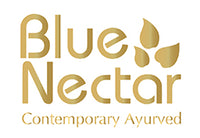


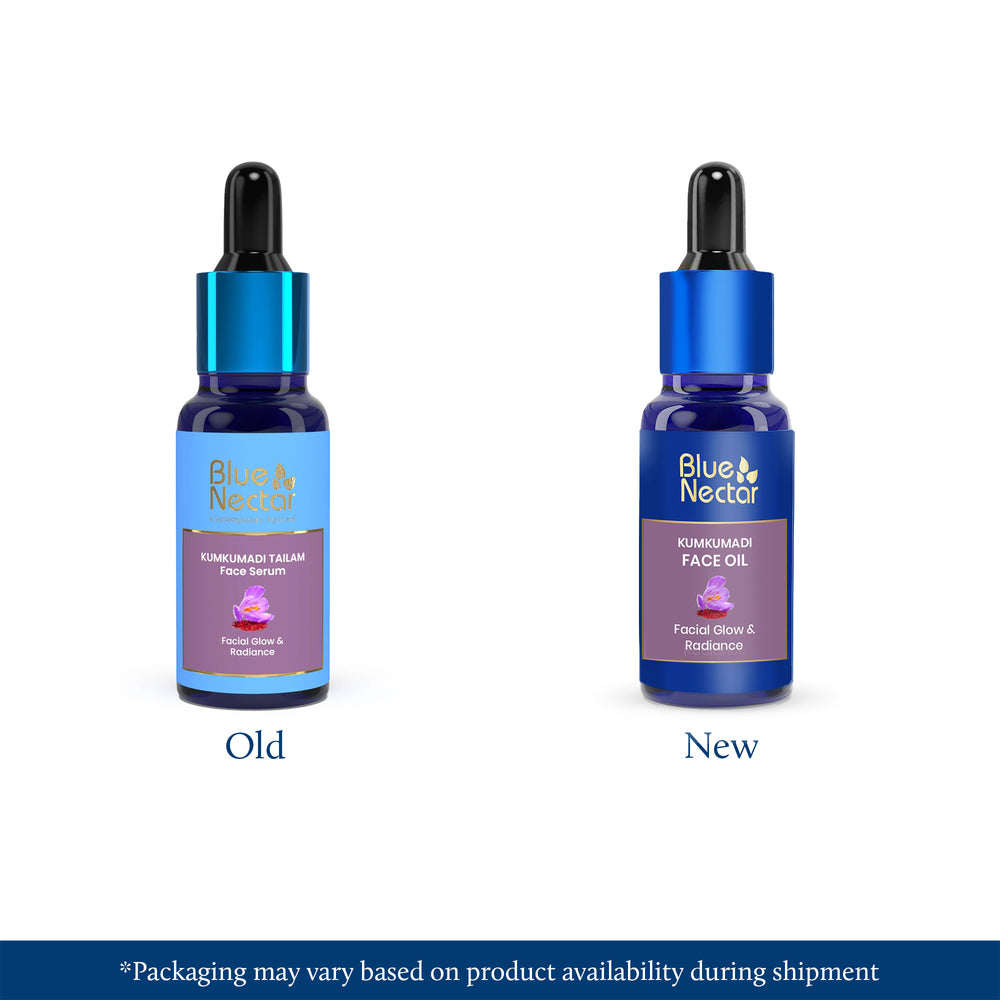
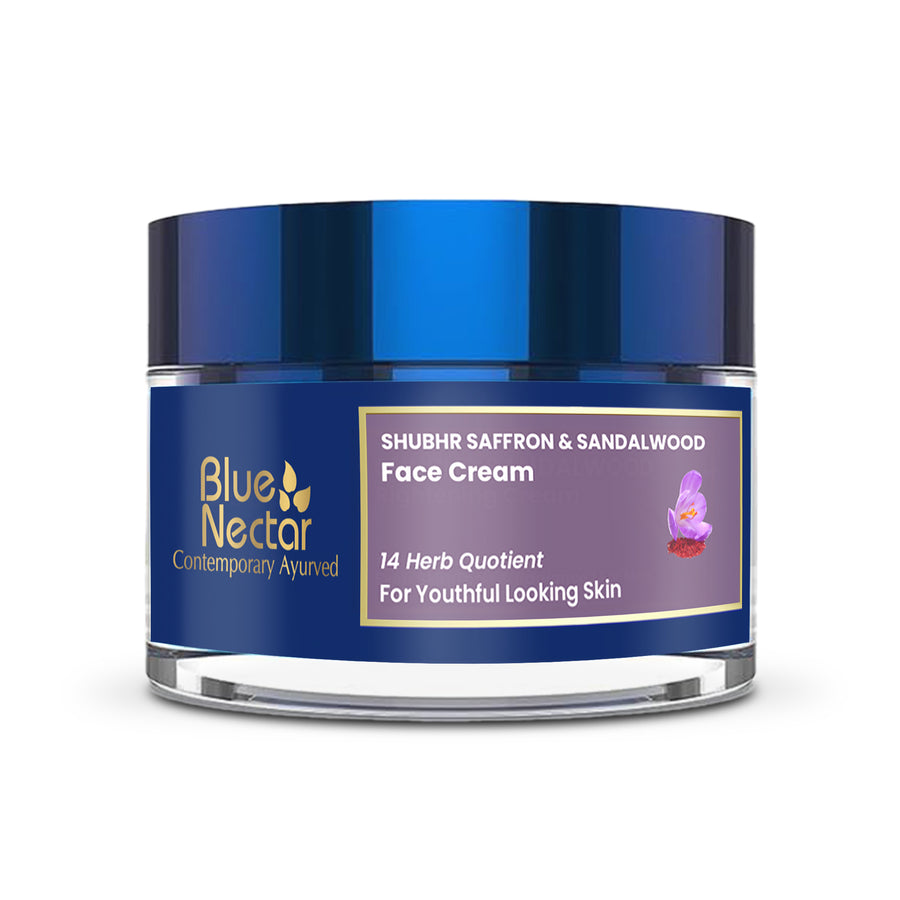

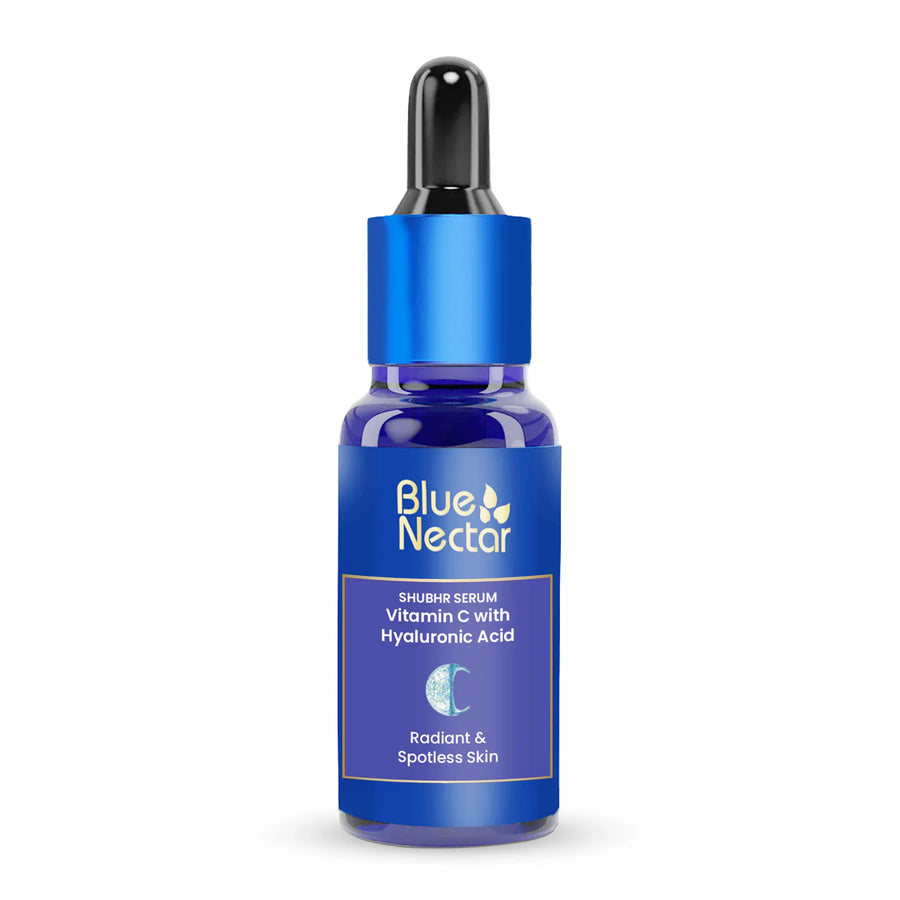


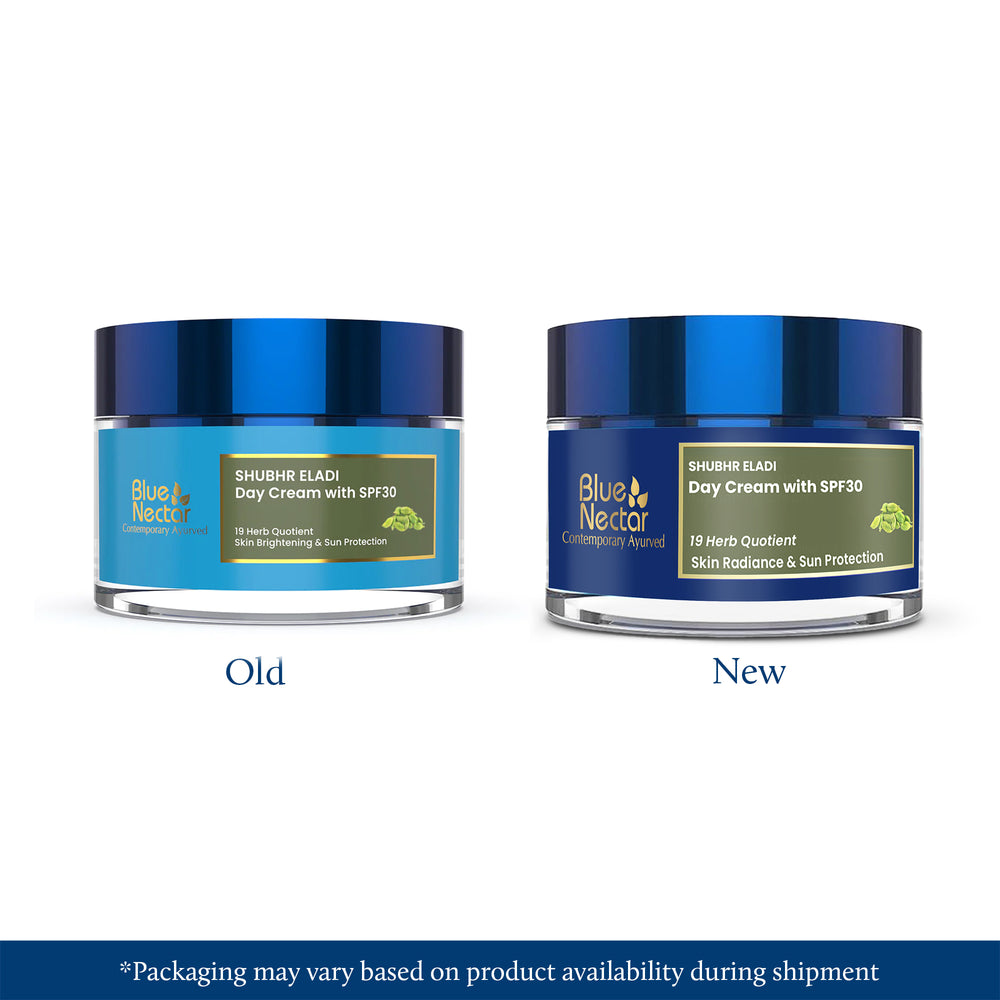
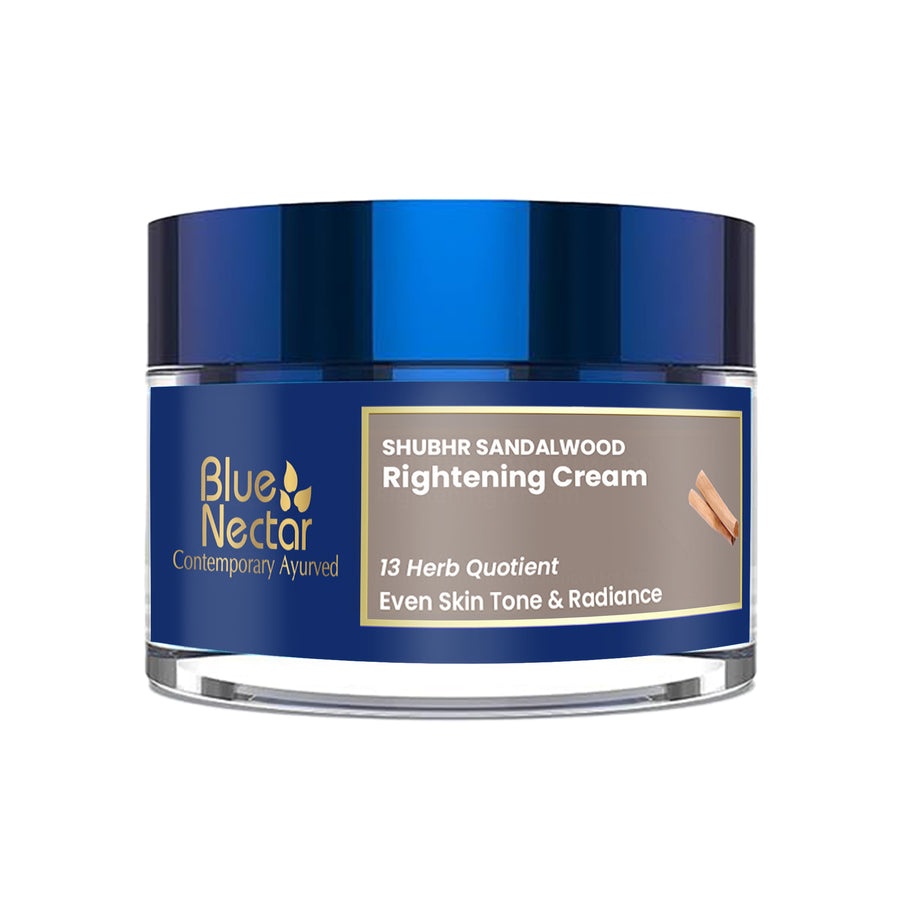
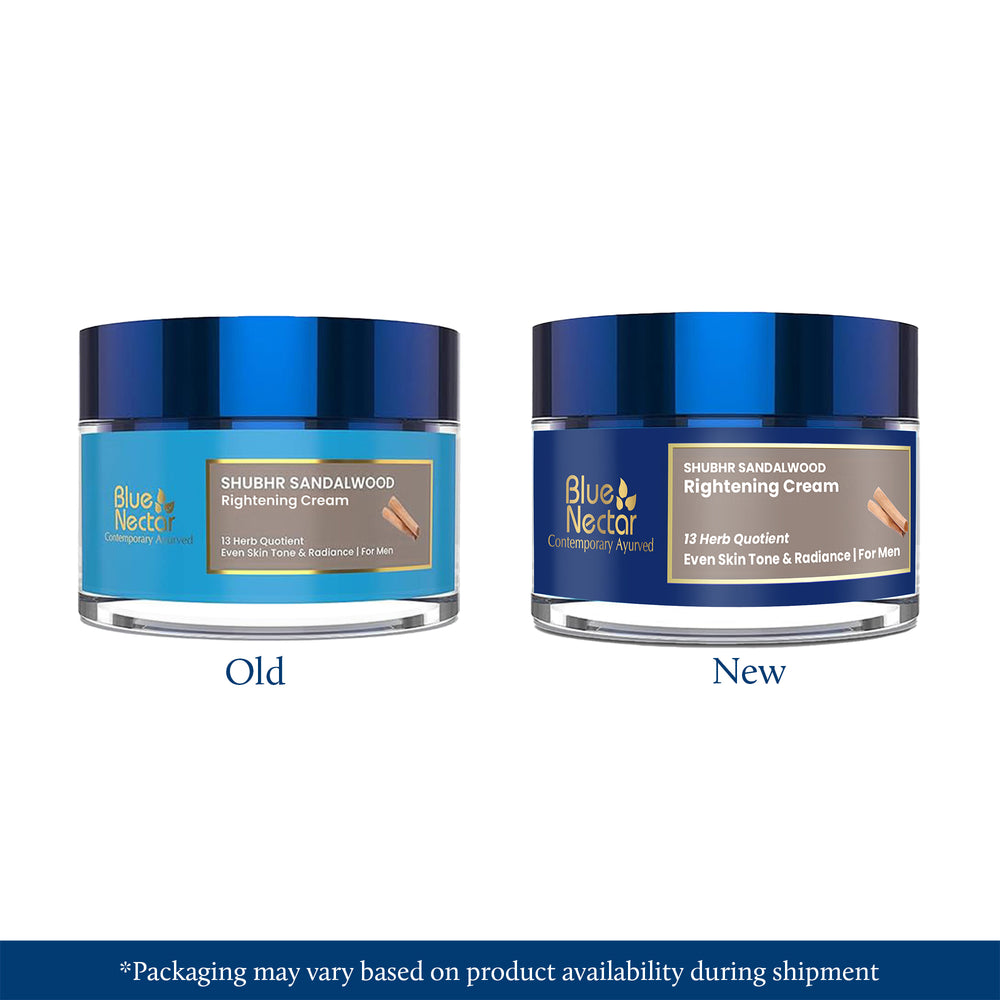




Leave a comment